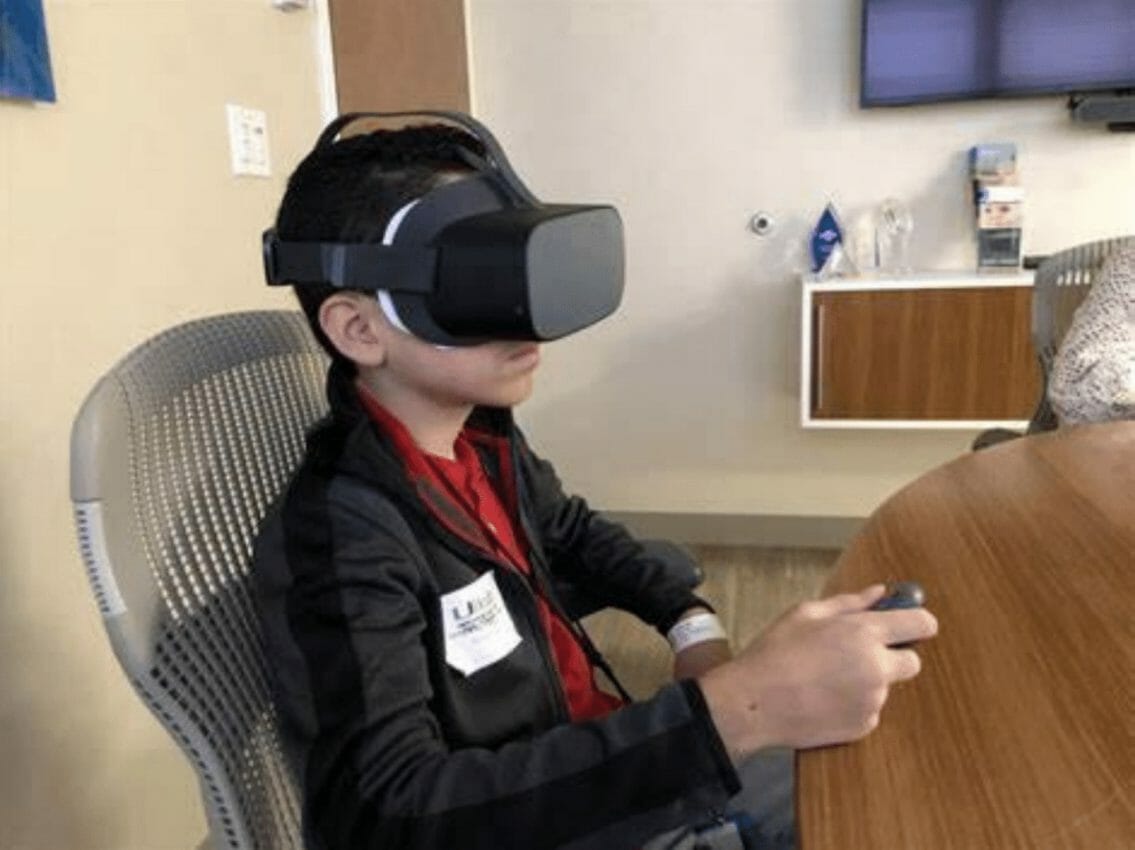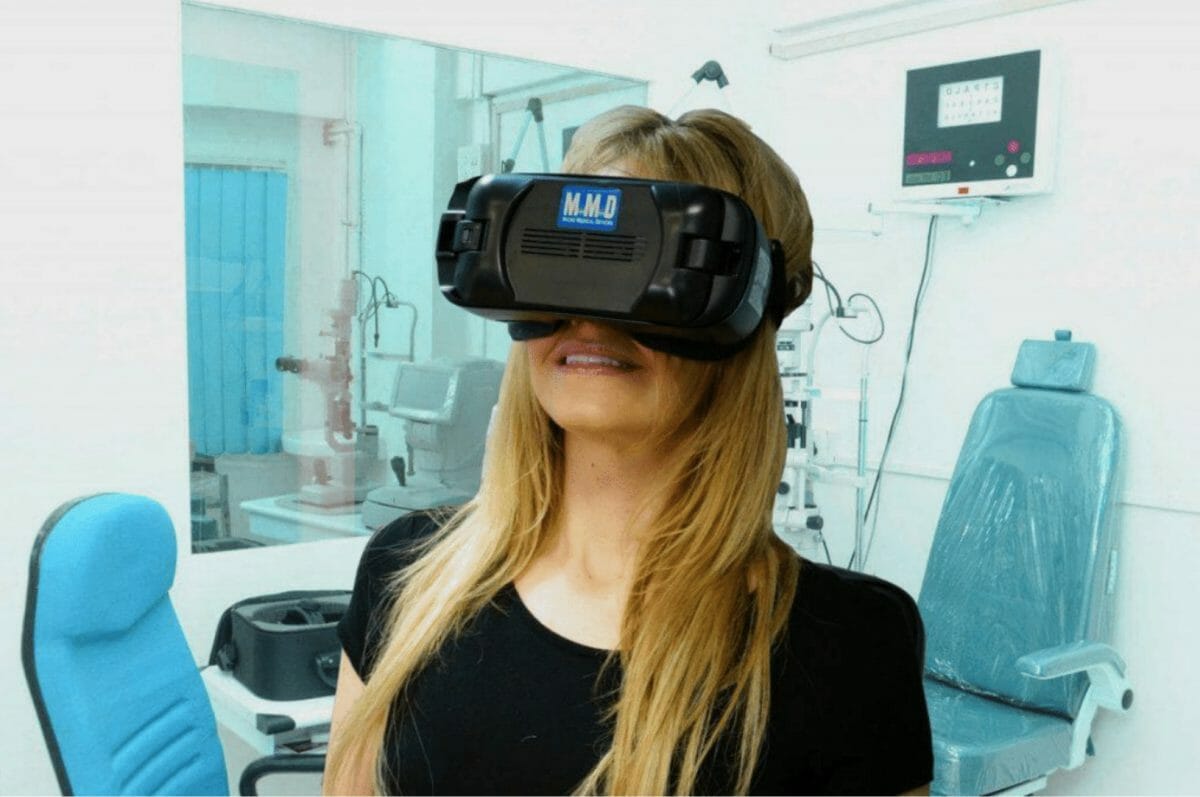Having been the only standardized test used to assess functional damage due to glaucoma, VisualField Perimetry has been highly valued, despite its shortcomings. It is a rather difficult test to administer, as well as to undergo, as it requires patients to suppress their reflex to look at the stimuli that appear on the screen. Despite all kinds of technological developments, science hasn’t evolved much when it comes to this type of testing. That is, up until recently. Virtual reality seems to be changing things: https://www.medscape.com/viewarticle/992715
A New Era in Visual Field Testing
The recent technological advancements are definitely shaping the way visual function is being tested nowadays. All kinds of new developments have led to the creation of devices that can perform certain important tests more accurately and more easily. These changes allow better patient monitoring, more timely information, and, thus, better diagnostics and the development of better treatment plans.
One such change has marked the start of a new era in visual field testing, so to speak. This procedure is being done with the aim of detecting and monitoring visual impairments related to neuro-ophthalmic conditions, glaucoma, and macular disorders. Diagnosing those problems is highly important and the great thing is that professionals can now do it much more easily with the help of new technology, or, to be more precise, with the help of virtual reality.

How Does It Work?
If you’re new to this and haven’t quite heard of the involvement of virtual reality in these kinds of tests, you may be a bit confused about what it is and how it all works. Although, if you’re a professional in the ophthalmology field, chances are great that you have at least some ideas about how VR can play a role in visual field testing. In any case, you can’t rely solely on those vague ideas in your mind and you have to, instead, make sure you know exactly how this works, so as to be able to determine if you want to add it to your practice or not. Read some more on the whole concept here.
Let me now explain how the entire procedure works. A patient is comfortably seated, or they can even lie down or stand up if that’s more comfortable for them, and they receive a Virtual Perimetry headset to wear. Additionally, the patient also holds a wireless clicker used to respond to the visual stimuli, just like in the old, traditional testing procedure.
The headsets are activated by the operator on a Tablet computer, at which point a visual acuity test will be displayed, to which the patient will respond verbally. After that, the appropriate visual field test is started. The patient’s responsibility is to look with both eyes at the fixation point, while the stimuli are displayed in the periphery. Naturally, the patient presses the clicker when they see the stimuli, and live results are continuously being displayed on the operator’s Tablet.
When the test is completed, the patient removes the headset, and you get the final report which can be exported as a PDF file. One important thing to mention here is during the test if they need a break and thus pause the procedure. Of course, it’s up to the professionals to analyze the results from there.
Why You Should Rely on It

The idea that you can use a headset to test the visual field instead of using those bulky machines that have traditionally been used can sound quite appealing to eye doctors. If it sounds appealing to you as well, you’ll probably think about getting such a device. As a true professional, though, you won’t make any concrete purchasing moves before checking precisely why this may be a good idea. In other words, you want to know why you should rely on virtual reality visual field testing and thus let the modern procedure replace the traditional one.
1. It’s Easier to Administer
Having been relying on the traditional testing method by now, you know just how difficult it can be to administer at times. Getting everything prepared and organized, as well as scheduling other patients around this test, because the people doing a visual field test have to be in a dark room during the procedure –that can all be quite inconvenient for the practitioners. On the other hand, with a VR headset, things will be much easier.
2. It’s Easier to Take
Furthermore, the test is also easier to take. The patient doesn’t have to be hunched over a machine and uncomfortable during the duration of the procedure. As mentioned already, they can assume the position they prefer, from standing and sitting to lying down. And, of course, they can pause the test and take a break whenever they feel like doing that.
3. It Can Be Done on Bedridden and Wheelchair Patients
Another great advantage of the VR visual field testing is that the procedure can be done on bedridden and wheelchair patients as well. This is not possible with the standard machine, as it isn’t exactly portable. The headset, on the other hand, is easily portable and thus allows everyone the opportunity of getting tested.
4. It is Affordable
One more thing that can mean a lot to practitioners is that these devices are quite affordable. You won’t pay a fortune for it, and most importantly, you’ll get a great return on your investment, and rather soon. That’s because the convenience it offers allows you to perform more tests in less time, making the device quite cost-effective.
